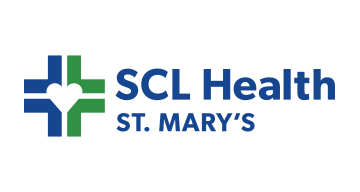
One of the largest cost centers for infusion centers, as well as one of the highest revenue drivers, pharmacy is a critical contributor to financial solvency, particularly for oncology or infusion medications. Supporting efficient utilization of pharmacy resources is also key to maintaining balanced infusion schedules each day and avoiding the operational bottlenecks that entail longer turnaround and patient dissatisfaction. To ensure that pharmacy, along with the many other complex resources involved in delivering infusion care, runs smoothly, advanced analytics are a valuable tool.
Cone Health is an integrated delivery network in central North Carolina, comprising five acute care hospitals and seven cancer centers, with four outpatient pharmacies. In its partnership with LeanTaaS, Cone Health has focused on deploying AI-powered solutions like iQueue for Infusion Centers to promote operational efficiency throughout the network.
In this presentation, Cone Health’s Director of Pharmacy discusses the unique operational challenges faced by oncology pharmacies and why technology solutions like iQueue are needed to optimize the pharmacy workflow. Viewing the patient and chemotherapy journey from the pharmacy perspective and the causes of bottlenecks within the pharmacy reveals opportunities to improve infusion patient flow with data and predictive and prescriptive analytics, foreseeing the need for particular drugs and techs ahead of time and adapting resources accordingly.
Viewers of this webinar will be able to:








Take the first step towards unlocking capacity, generating ROI, and increasing patient access.